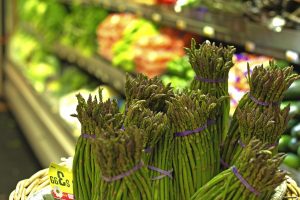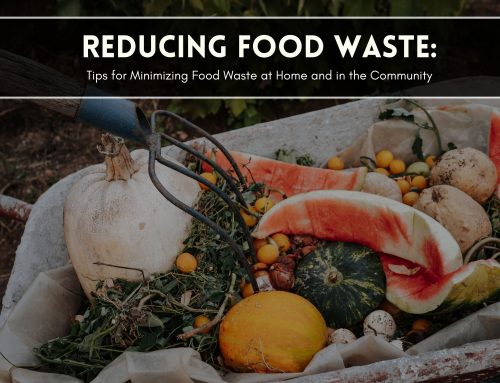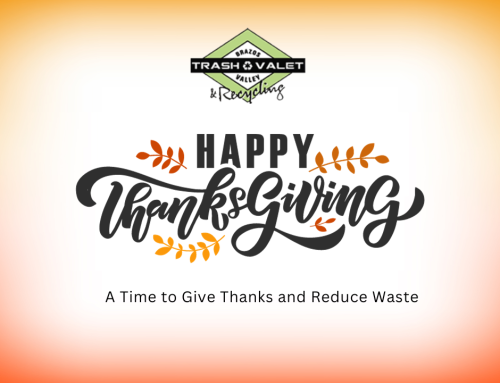This story is from our partner NativeEnergy and was originally published on 9/25/12.
Do you know that 40% of food in the U.S. goes to waste? Worse still, according to the recent study by Natural Resources Defense Council, the average American discards 10 times more food than someone in Southeast Asia. Yet, one in six Americans doesn’t have enough to eat.
This level of waste affects the climate too. Though food is biodegradable, it produces methane gas once it’s tossed into the anaerobic environment of a landfill. Methane, a greenhouse gas, has 21 times more warming power than CO2. Plus, agriculture itself uses a huge amount of resources and releases greenhouse gases and synthetic chemicals into the environment.
Although food waste occurs all along the supply chain—from the farm, to the store, and beyond—you can help conserve (and share) this crucial resource.
1. Plan your shopping
It’s a simple but important tip. By writing lists and mapping your meals ahead of time, you can avoid buying more than you can use and resist impulse purchases. You will also know exactly when to use a certain ingredient.
2. Celebrate imperfection
That tomato might have a small blemish or a slightly strange shape, but it will taste just as good in your salad. Instead of searching for the most cosmetically appealing fruit or vegetable, try to select ones that others might pass over.
3. Get creative in the kitchen
Brown bananas make great bread, soft berries can be turned into stellar pie, and stale bread makes perfect croutons. An overabundance of vegetables can be canned or frozen for long-term enjoyment. Leftovers can be refreshed in a new meal. Some of our favorite and most familiar recipes evolved from an era when food was too precious to waste. By revisiting these cooking methods, you’ll expand your repertoire and your savings.
4. Keep it visible
I know all too well that forgotten food is rotten food. We may have every intention to eat something, but during a hectic week, that container in the back of the fridge often goes unnoticed. Keep it top of mind by rotating older items to the front, and check your shelves frequently.
5. Support food rescue programs
Across the country, people are reducing waste by recovering food and distributing it to those in need. These efforts include gleaning—harvesting unwanted produce from farms, salvaging perishable food from stores and manufacturers, and passing on prepared food from restaurants. You can volunteer for an existing program or organize your own.
6. Don’t waste your waste
Some losses are inevitable, but you can still reduce emissions by composting rather than trashing your rotten produce. Try vermicomposting in smaller spaces, or set up an easy-to-maintain bin in your yard. The best part? Using last year’s produce to nourish this year’s garden.
To read the entire report by the NRDC, visit http://www.nrdc.org/food/files/wasted-food-IP.pdf.
This article was brought to you by Recyclebank partner NativeEnergy. To check out additional articles, please visit NativeEnergy.com





